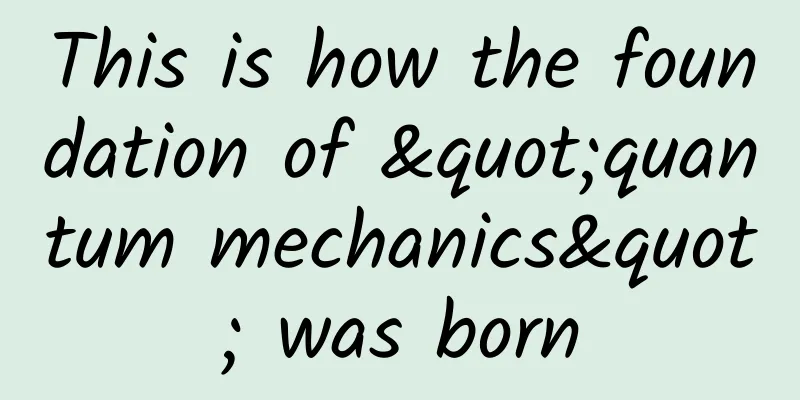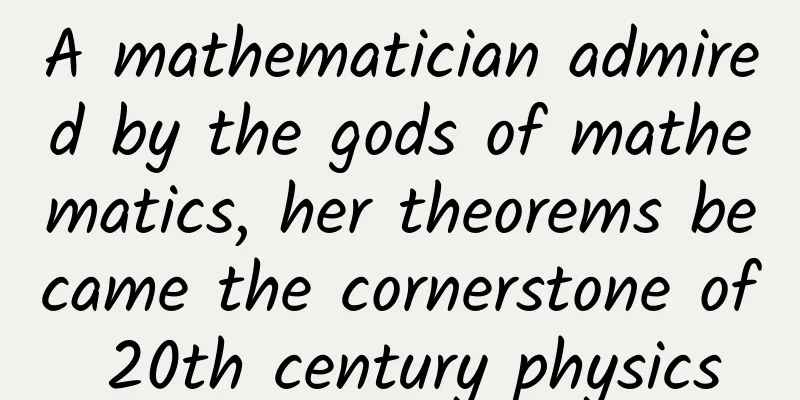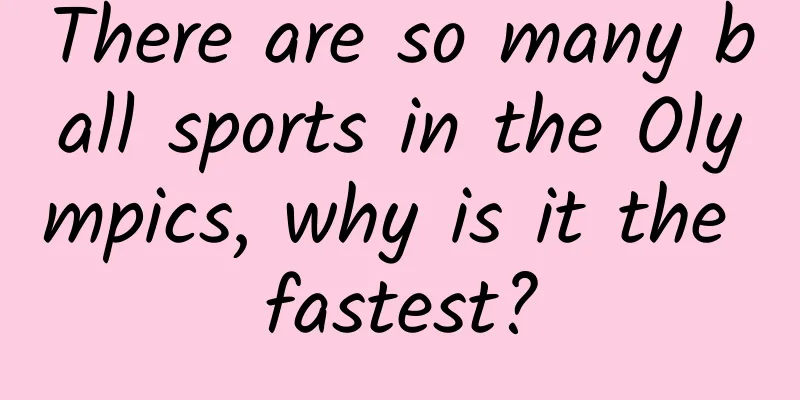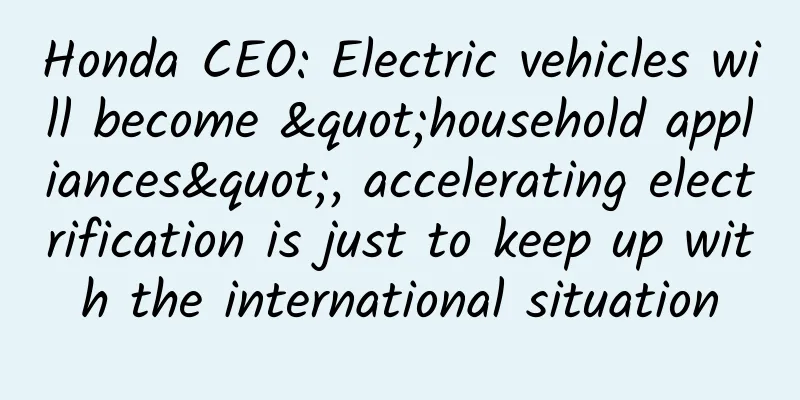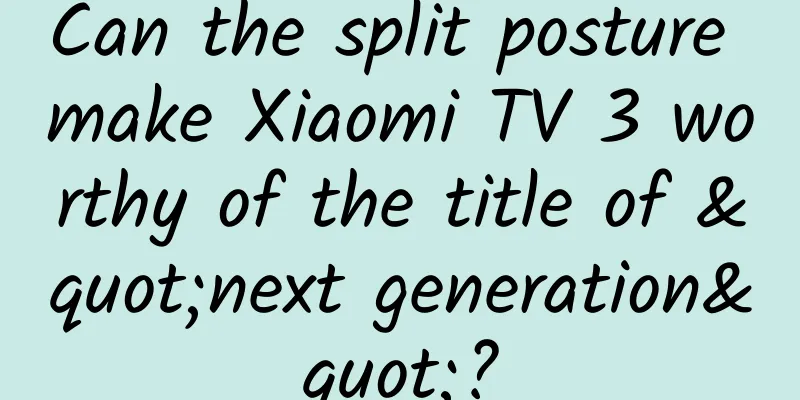Is it Peking Man or Peking Man? | 95th Anniversary of the Discovery of the First Peking Man Skull
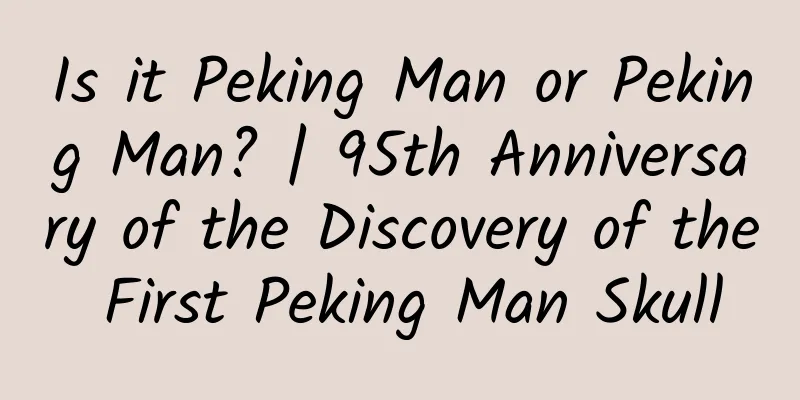
|
I still remember when I was an undergraduate, I joined the school's folk art club and became the only southerner in the crosstalk group. Almost all the students in this group were from Beijing and Tianjin. So one day, two Beijing students rehearsed a joke that only they could do: "We are both from Beijing. Do you know what characteristics Beijingers have?" "I know! People from Beijing have protruding chins and foreheads, and they walk with their backs hunched." "Go away, that's Peking Man, not Peking Man!" 01 Why is there no “猿” character in Peking Man’s name? However, this joke must be revised now, because now it is really called "Peking Man". You may think this is awkward. Wasn't it called "Peking Man" in the past? Why must it be called the same name as today's Beijing citizens? In fact, if you pay a little attention, you will find that the word "ape man" is rarely seen in the media and popular science books nowadays. This has to start with "Peking Man" and the "Java Man" discovered before it. Reconstruction of a Javanese skull in 1922 (Image source: Wikipedia) In 1891, scholars in Java, Indonesia, unearthed fossils that were suspected to be ancient humans. At that time, because no stone tools or other human cultural relics were found around, people began to debate whether these were human bones or ape bones. Some people believed that these fossils were just a kind of giant gibbon; some even believed that these materials were just the remains of deformed modern humans. These doubts and controversies silenced the Javanese Homo erectus for more than 30 years. A primitive fossil of Homo erectus (now Homo erectus) found in Java in 1891. The fossil is on display in the "Dubois" exhibition at the National Museum of Natural History "Naturalis" in Leiden, the Netherlands. (Image source: Wikipedia) It was not until December 2, 1929, that the first Peking Man skull fossil was discovered by Pei Wenzhong, a prehistoric archaeologist and geologist in my country, at the Zhoukoudian site in Fangshan District, Beijing. This was one of the most important scientific discoveries in the world in the last century. Human history was pushed back to 700,000 to 200,000 years ago (according to different technical measurements), and the Homo erectus stage, which was very important in the history of human evolution, was established, becoming a milestone in the study of human origin and evolution. The paleoanthropology community then remembered the Java Man and reconfirmed through research that he was the earliest discovered Homo erectus. The picture on the right shows Pei Wenzhong holding the first skull fossil of Peking Man after it was wrapped and reinforced in 1929, exhibited at the China Paleozoological Museum (Photo by Zhai Guoqing, please indicate the source when reprinting) At that time, both Peking Man and Java Man were considered as the missing link in the evolution between apes and humans, so they were called "Peking Man" and "Java Man". Later, with more research and the discovery of new fossils, they were identified as members of the same genus as modern humans, and were named "Homo erectus". Since they are humans and not apes, they naturally cannot be called ape-men. Therefore, the standard name today is actually "Peking species Homo erectus". As for the current abbreviation "Peking Man", it is thanks to the good idea of American paleontologist Gleip, who simplified the "Peking species of Chinese ape-man" by David Brown, and it was abbreviated to "Peking Man". Relationship diagram of human subfamily, exhibited at the China Paleozoological Museum (Photo taken by Zhai Guoqing, please indicate the source when reprinting) 02 The prehistoric "Old Beijing" is not our ancestor? The restored head of Peking Man, exhibited at the China Paleozoological Museum (Photo taken by Zhai Guoqing, please indicate the source when reprinting) The discovery of Peking Man caused a sensation around the world and attracted the attention of anthropologists around the world. At the same time, the famous Australopithecus was also discovered in Africa, but it was completely overshadowed by Peking Man and remained unknown for decades. At that time, scholars around the world believed that Peking Man was the ancestor of modern humans, or at least the ancestor of modern Oriental people, because Homo erectus had shovel-shaped incisors : Please try to touch the inside of the two front teeth in the middle of the upper row (maxillary central incisors). Can you feel that there is a protruding edge on the left and right sides of these two teeth? If you use a dentist's oral mirror to observe from the inside, you will find that the back of the upper incisors is mostly high on the sides and low in the middle, like a small shovel. This feature is called "shovel-shaped incisors" in physical anthropology. A female Peking Man skull reconstructed in 1937. Take a closer look at its incisors (Image source: Wikipedia) Statistics show that nearly 90% of Chinese people have this shovel-shaped incisor. The proportion of shovel-shaped incisors is also quite high among neighboring East Asian ethnic groups such as Japan and South Korea, but it is extremely rare among people of various ethnic groups in Europe and Africa. For example, among Europeans, only about 2% have shovel-shaped incisors. Among the fossilized ancient humans unearthed in China, from the famous Peking Man, Lantian Man, Yuanmou Man and other Homo erectus, to the later Dingcun Man, Maba Man and other early Homo sapiens, and Shangdingdong Man and other late Homo sapiens, almost all have shovel-shaped incisors. In other places outside East Asia, it is very rare for ancient humans to have shovel-shaped incisors. Models of the left and right maxillary central incisors of Yuanmou Man, exhibited at the China Paleozoological Museum (Photo by Zhai Guoqing, please indicate the source when reprinting) The restored model of the Lantian Man skull, exhibited at the China Paleozoological Museum (Photo by Zhai Guoqing, please indicate the source if reproduced) The restored head of Lantian Man, exhibited at the China Paleozoological Museum (Photo by Zhai Guoqing, please indicate the source when reprinting) Several Peking Man skull models, exhibited at the China Paleozoological Museum (Photo by Zhai Guoqing, please indicate the source for reprinting) The restored head of Maba Man, exhibited at the China Paleozoological Museum (Photo by Zhai Guoqing, please indicate the source when reprinting) Whether the incisors have "shovels" or not does not make any difference to eating. Therefore, some scholars believe that the shovel-shaped incisors that are common among ancient humans in East Asia are unlikely to be the result of natural environmental selection, but are more likely to be inherited from their ancestors. This proves that many ancient humans in the East, such as Peking Man, are the ancestors of modern Oriental people. However, genetic testing has found that modern humans did not leave Africa and move to East Asia until 40,000 to 60,000 years ago, which means that Peking Man is not the ancestor of modern Chinese at all. 03 Same land, same teeth Genetic research has also found that the key to controlling shovel-shaped incisors is the EDAR gene, which is responsible for regulating the development of skin, hair and sweat glands. Its mutant EDARV370A will cause people to grow shovel-shaped incisors. However, compared to changing the shape of the incisors, it has more and greater uses: the mutation caused by EDARV370A can make people grow coarser and harder hair that is not easy to curl, and have more sweat glands and sebaceous glands (but East Asians generally have underdeveloped sweat glands, so their body odor is lighter). Since the mammary gland is essentially a special sweat gland, women who carry this mutant gene have denser and more developed breast tissue, can produce milk with special nutrients, and at the same time have less breast fat and a smaller appearance. Straight hair, easy sweating, small breasts, all of these are in line with the physical characteristics of modern Orientals (including East Asians and Native Americans). Researchers believe that this is an adaptation to the East Asian environment: East Asia is dominated by a continental monsoon climate, with a huge temperature difference between cold winters and hot summers. Dense sweat glands and more sweating help to survive the hot summer; more sebum can protect the skin from the dry and cold winds in winter; special mammary glands can provide infants with milk rich in fatty acids and vitamin D. From this point of view, the shovel-shaped incisors are just a "gift" of gene association. The above characteristics are the reason why this mutant gene was selected. After understanding the genetic mutation that causes shovel-shaped incisors, molecular anthropology has calculated the time and place of this mutation: about 30,000 years ago, in the central region of today's China. However, how to explain the shovel-shaped incisors of Homo erectus such as "Peking Man" hundreds of thousands of years ago? This 30,000-year-old mutant gene in us is too young and should not be inherited from these old predecessors. Instead, each batch of humans who settled in East Asia, after experiencing harsh survival tests, were screened for genetic characteristics suitable for this land. The seemingly ordinary shovel-shaped incisors contain the way of survival of our ancestors. 04 How ancient human genes affect us In fact, more and more molecular anthropological evidence shows that human evolution is likely to be a "continuous evolution with hybridization" model: the main ancestors of modern humans did come from Africa, and there were also a small number of genes from other ancient humans. When Homo sapiens walked out of Africa about 50,000 years ago, they coexisted with various ancient humans in Eurasia (such as Neanderthals and Denisovans) and produced a certain number of offspring (Homo erectus, including Peking Man, had long been extinct at that time). The genes inherited from these ancient races still have important physiological effects today, not only enhancing immunity and adapting to the geographical climate of Asia, but also making us susceptible to certain diseases, such as diabetes, allergies, thrombosis and ulcers. For example, one set of leukocyte antigen genes in modern humans comes from Denisovans, and the other comes from Neanderthals. After humans acquired these two sets of genes, they enhanced their ability to identify pathogens and greatly improved their immunity. This gene has made a great contribution to modern humans - 95.3% of Papua New Guineans, 80.7% of Japanese, 72.2% of Chinese, 51.7% of Europeans and 6.7% of Africans have this gene. Neanderthal and late Homo sapiens endocranial mold specimens, exhibited at the China Paleozoological Museum (Photo by Zhai Guoqing, please indicate the source when reprinting) Further research has found that the Denisovans may have intermarried with earlier Homo erectus. In this case, it is entirely possible that the genes of the Peking Man were passed on to modern humans through the Denisovans. However, the Denisovan genes in modern humans are mostly less than 1%. Therefore, even if the Denisovans really have some Peking Man genes, multiplied by 1%, the genetic impact on modern humans is minimal. Replica of a Denisovan molar (Image source: Wikipedia) The last archaeological evidence of Peking Man comes from about 200,000 years ago, after which he was probably replaced by Denisovans. By the way, the crosstalk at the beginning said that Peking Man walked with a hunched back, which was actually a mistake in early restoration - as early as the Australopithecus era, ancient humans basically had an upright spine, and the difference from apes was quite obvious. In fact, Peking Man had an upright waist, not different from modern humans. Author: Liu Fu, popular science creator Reviewer: Deputy Editor He Kuang, member of the Expert Committee of the Science Education Committee of the China Science Writers Association , member of the China Museums Association , volunteer guide at the Zhoukoudian Peking Man Site Museum Produced by: Science Popularization China |
<<: Resembling "Hot Wheels", the Nomin River volcano group "appeared on camera"!
>>: Academician Chen Jiansheng: Decoding the Universe: The Golden Age of Space Surveys is Coming
Recommend
How many of the “Ten Don’ts” of Product Operations have you committed?
When doing product operations , we have listened ...
Android advanced in-depth understanding of the View layout process principle
[[424470]] Preface In the previous article, we ex...
A new species in the world, "Tiaoxi bream", was discovered in Zhejiang. How do you pronounce this word?
Recently, in the mother river Tiaoxi in Yuhang, H...
Latest! The list of prohibited and restricted items for taking trains is here
The Year of the Rabbit Spring Festival holiday is...
Practical methodology to improve SEM bidding promotion effect by 70%!
1. Introduction to SEM bidding Here, I need to sa...
Mango TV's "Super Girl" Champion Night came to an end, achieving small goals and ushering in the era of online variety shows
"Super Girl" was once popular all over ...
Tesla FSD is about to enter China, priced at 64,000 yuan. Will Huawei ADS face a real rival?
Huawei may face a real heavyweight rival in the f...
The Ministry of Industry and Information Technology has removed 10 apps that infringe on user rights: because they failed to complete rectification as required
[[385032]] According to the Ministry of Industry ...
How to quickly lock in users and achieve satisfactory promotion results?
Every industry takes two things into consideratio...
To build a personal brand on Douyin, you need to do these 5 things well!
The author of this article once created a video o...
The U.S. Army's key project, the Integrated Visual Augmentation System, a key part of the future warrior, has been suspended
According to reports from foreign military websit...
Why did Sancai disappear after the Tang Dynasty?
As we all know, China's Tang Sancai pottery, ...
Changes in NCAP rating standards force changes in automotive technology
NCAP—New Car Assessment Program, by simulating var...
Product-based new user acquisition: How to create self-propagation among super users?
Online traffic costs remain high, and corporate o...
Which Internet marketing company has better results in terms of ten thousand words per screen?
Internet marketing is an integral part of an ente...

